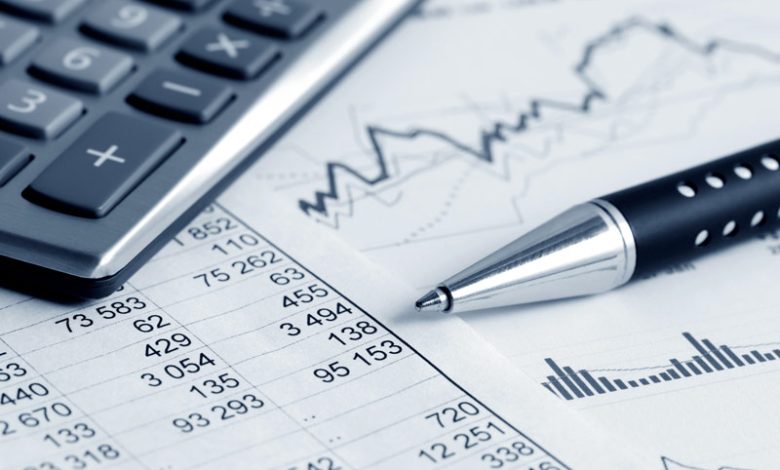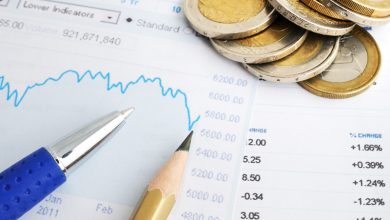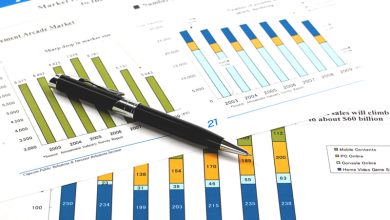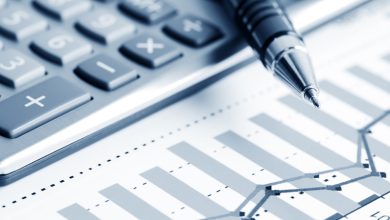
Rivian Reduces Annual Production Forecast Amid Parts Shortage, Reports Reuters
By Zaheer Kachwala
Rivian has revised its full-year production forecast downwards and fell short of third-quarter delivery expectations due to a parts shortage and a slowdown in electric vehicle demand. This news resulted in a nearly 4% drop in the company’s shares.
The parts shortage, impacting Rivian’s R1 SUV, R1T pickups, and delivery vans, started in the third quarter and has worsened recently. The Amazon-backed manufacturer now anticipates producing between 47,000 and 49,000 vehicles this year, a decrease from its prior estimate of 57,000. This adjustment indicates that Rivian expects to produce fewer vehicles than it did the previous year.
The declining growth in electric vehicle demand is a trend affecting the automotive industry as a whole, with American consumers gravitating towards more affordable hybrids amid rising interest rates. Additionally, leading market player Tesla also missed its quarterly delivery targets earlier this week.
Analysts suggest that Rivian’s significant reduction in production guidance raises questions about the company’s ability to achieve gross profitability. Rivian aims to post its first profit in the last quarter of the year. To support this goal, the company temporarily closed its manufacturing facility in Normal, Illinois, earlier this year for three weeks to streamline its operations and reduce production costs.
Cost reduction is vital for Rivian as it navigates the current demand slump and seeks to increase production of its R1 models while preparing to launch its smaller R2 models by 2026.
For the quarter ending Sept. 30, Rivian reported the delivery of 10,018 vehicles, falling short of the 12,078 that analysts had predicted.
Rivian maintained its annual delivery forecast of 50,500 to 52,000 vehicles, while analysts had anticipated a total of 53,491.
In a move that could bolster Rivian’s financial position, Volkswagen has pledged to invest up to $5 billion in the company as part of a joint venture aimed at enhancing cash reserves and achieving positive cash flow.
 GOOGL
GOOGL  META
META 


